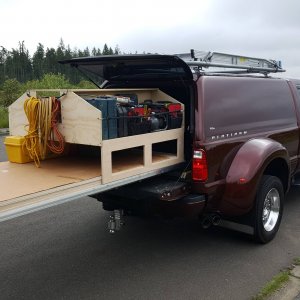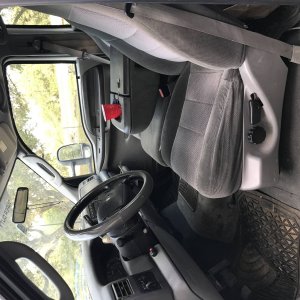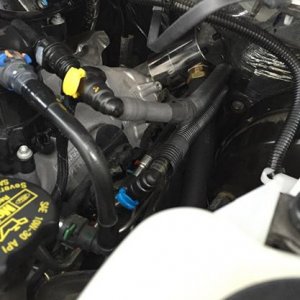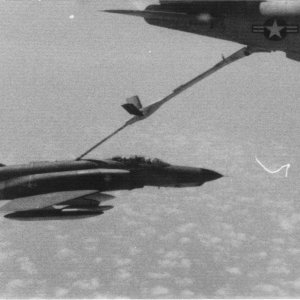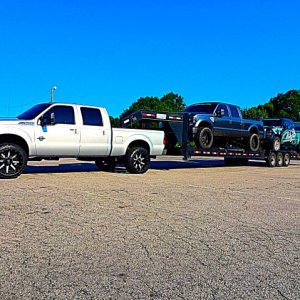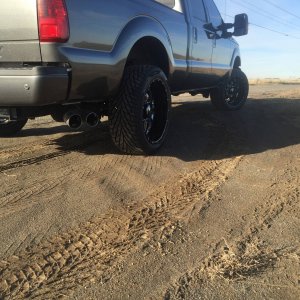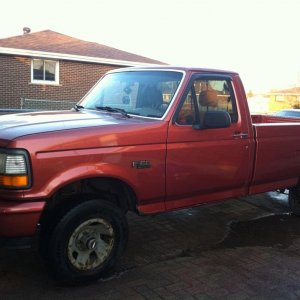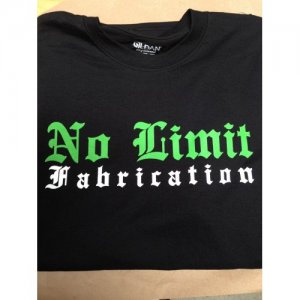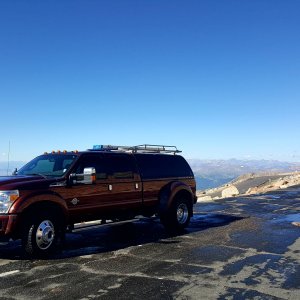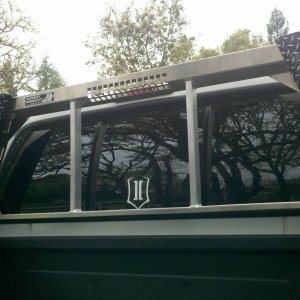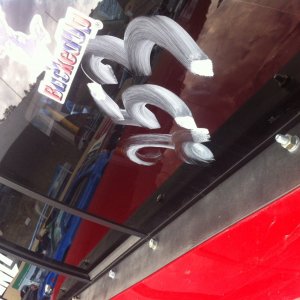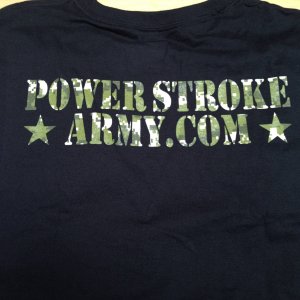Unless you just must have a turbo brake I'd ditch the whole VGT turbo all together. We have done a few 6.7 turbo swaps and those things spool up a 66 like nothing. Zero lag at all, from there you could just add a inline or downpipe exhaust brake and it would probably make fitment easier on you.
I absolutely need an exhaust brake. My trailer weighs 14K and its pretty aerodynamic. At least it was without the kayaks and other junk on the roof. Its a bullet going down 7% grades, though my old truck held it pretty well without an exhaust brake. It has hydraulic disks as well, but I want to save them for emergency stops and not use them to keep things under control.
A new turbo and separate exhaust brake would cost $$$$ and I'm on a budget. I'd like to make the HE351VE work and spend that money on other goodies. We'll see if I can going forward.
So right now I'm committed to sticking with the HE351VE, just to see what it will and won't do, especially in a twins configuration. Call me &*^%^$, but I want to try it.

